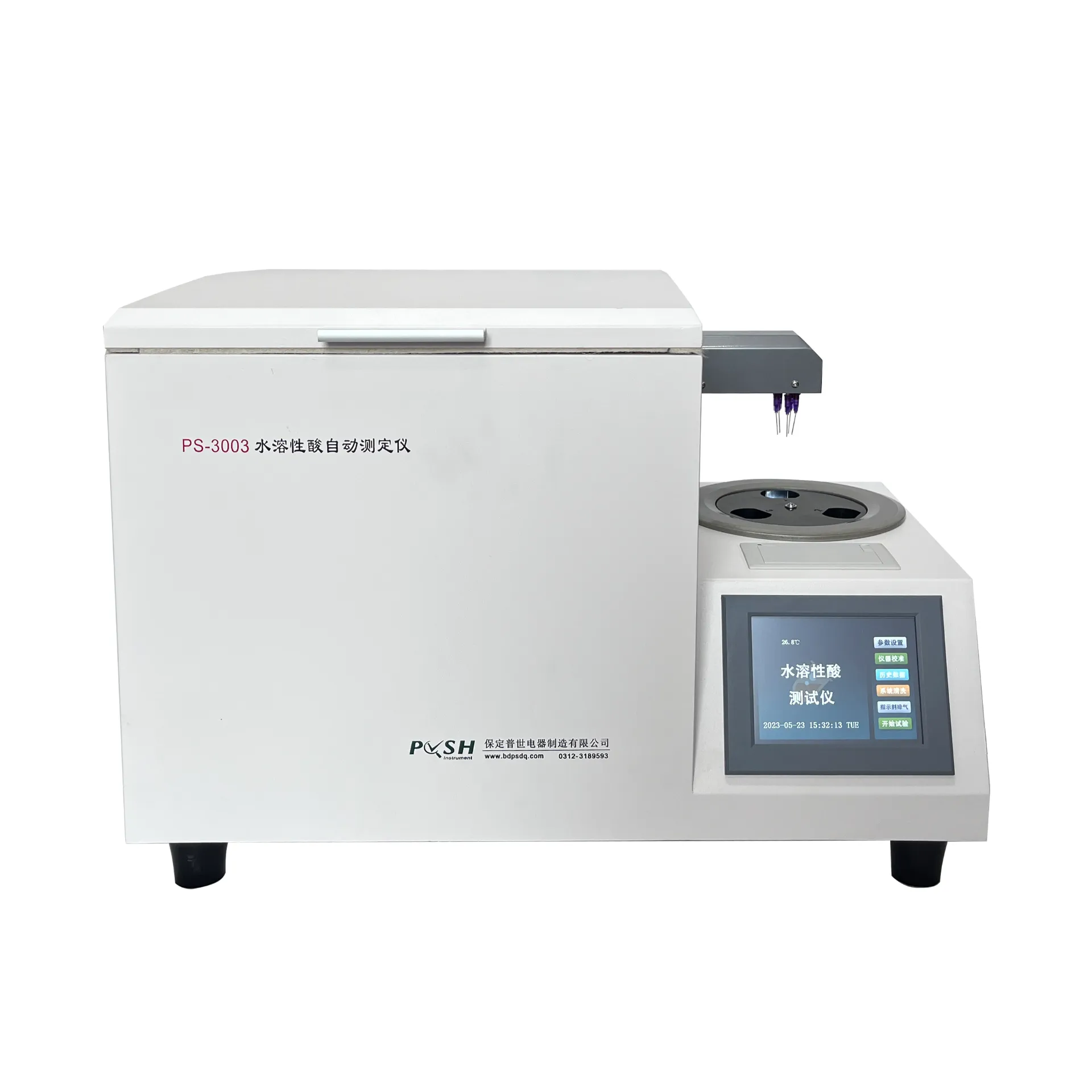 English
English



-
 Afrikaans
Afrikaans -
 Albanian
Albanian -
 Amharic
Amharic -
 Arabic
Arabic -
 Armenian
Armenian -
 Azerbaijani
Azerbaijani -
 Basque
Basque -
 Belarusian
Belarusian -
 Bengali
Bengali -
 Bosnian
Bosnian -
 Bulgarian
Bulgarian -
 Catalan
Catalan -
 Cebuano
Cebuano -
 China
China -
 China (Taiwan)
China (Taiwan) -
 Corsican
Corsican -
 Croatian
Croatian -
 Czech
Czech -
 Danish
Danish -
 Dutch
Dutch -
 English
English -
 Esperanto
Esperanto -
 Estonian
Estonian -
 Finnish
Finnish -
 French
French -
 Frisian
Frisian -
 Galician
Galician -
 Georgian
Georgian -
 German
German -
 Greek
Greek -
 Gujarati
Gujarati -
 Haitian Creole
Haitian Creole -
 hausa
hausa -
 hawaiian
hawaiian -
 Hebrew
Hebrew -
 Hindi
Hindi -
 Miao
Miao -
 Hungarian
Hungarian -
 Icelandic
Icelandic -
 igbo
igbo -
 Indonesian
Indonesian -
 irish
irish -
 Italian
Italian -
 Japanese
Japanese -
 Javanese
Javanese -
 Kannada
Kannada -
 kazakh
kazakh -
 Khmer
Khmer -
 Rwandese
Rwandese -
 Korean
Korean -
 Kurdish
Kurdish -
 Kyrgyz
Kyrgyz -
 Lao
Lao -
 Latin
Latin -
 Latvian
Latvian -
 Lithuanian
Lithuanian -
 Luxembourgish
Luxembourgish -
 Macedonian
Macedonian -
 Malgashi
Malgashi -
 Malay
Malay -
 Malayalam
Malayalam -
 Maltese
Maltese -
 Maori
Maori -
 Marathi
Marathi -
 Mongolian
Mongolian -
 Myanmar
Myanmar -
 Nepali
Nepali -
 Norwegian
Norwegian -
 Norwegian
Norwegian -
 Occitan
Occitan -
 Pashto
Pashto -
 Persian
Persian -
 Polish
Polish -
 Portuguese
Portuguese -
 Punjabi
Punjabi -
 Romanian
Romanian -
 Russian
Russian -
 Samoan
Samoan -
 Scottish Gaelic
Scottish Gaelic -
 Serbian
Serbian -
 Sesotho
Sesotho -
 Shona
Shona -
 Sindhi
Sindhi -
 Sinhala
Sinhala -
 Slovak
Slovak -
 Slovenian
Slovenian -
 Somali
Somali -
 Spanish
Spanish -
 Sundanese
Sundanese -
 Swahili
Swahili -
 Swedish
Swedish -
 Tagalog
Tagalog -
 Tajik
Tajik -
 Tamil
Tamil -
 Tatar
Tatar -
 Telugu
Telugu -
 Thai
Thai -
 Turkish
Turkish -
 Turkmen
Turkmen -
 Ukrainian
Ukrainian -
 Urdu
Urdu -
 Uighur
Uighur -
 Uzbek
Uzbek -
 Vietnamese
Vietnamese -
 Welsh
Welsh -
 Bantu
Bantu -
 Yiddish
Yiddish -
 Yoruba
Yoruba -
 Zulu
Zulu
partial discharge test of transformer
Partial Discharge Test of Transformers
Partial discharge (PD) testing is a crucial diagnostic tool used to assess the insulation condition of transformers and other high-voltage equipment. As the demand for reliable and efficient power distribution grows, maintaining the integrity of transformers is of paramount importance. PD testing plays a vital role in ensuring that transformers operate safely and efficiently, ultimately extending their lifespan and enhancing system reliability.
Understanding Partial Discharge
Partial discharge refers to the localized breakdown of electrical insulation within a transformer, which occurs when the electric field strength exceeds the dielectric strength of the insulating material. This phenomenon can manifest as small, transient discharges or sparks within a contaminated or aged insulating system. While these discharges may not result in immediate failure, they can lead to long-term degradation of the insulation, potentially resulting in catastrophic failures if left undetected.
Importance of PD Testing
1. Early Detection of Insulation Degradation PD testing allows for the early identification of insulation problems before they escalate into significant failures. By monitoring PD levels, maintenance personnel can take proactive measures to rectify issues before a breakdown occurs.
2. Condition Monitoring Regular PD testing provides ongoing data regarding the condition of insulation systems. By analyzing trends in PD activity, engineers can assess the health of the transformer and optimize maintenance schedules to reduce unexpected outages.
3. Regulatory Compliance Many regulatory frameworks and industry standards require periodic testing of high-voltage equipment to ensure safety and reliability. Implementing PD testing demonstrates compliance with such requirements.
4. Informed Decision Making The data obtained from PD testing empowers operators and engineers to make informed decisions regarding maintenance, repairs, or replacements. This minimizes downtime and maintenance costs, contributing to a more efficient maintenance strategy.
partial discharge test of transformer

Methodology of PD Testing
Partial discharge testing can be conducted using various methods, including
1. Ultrasonic Detection This technique employs ultrasonic sensors to capture high-frequency sound waves generated by PD activity. The data is then analyzed to identify the location and severity of discharges.
2. Electrical Detection By using a coupling capacitor or a high-frequency current transformer, electrical detection methods can capture the PD pulses. This approach helps in quantifying the magnitude and frequency of discharges.
3. Optical Detection High-intensity discharges can emit light, which can be detected using optical sensors. This method is particularly useful for investigating surface discharges or corona discharges in areas where other methods may be less effective.
Each method has its unique advantages and can be selected based on specific testing requirements and the operational environment of the transformer.
Conclusion
The partial discharge test is an indispensable practice in the maintenance and management of transformers. By providing insights into the condition of insulation systems, PD testing aids in the prevention of unforeseen failures, thereby enhancing the overall reliability and efficiency of power distribution networks. As technology advances, the methodologies for conducting PD tests continue to improve, leading to more accurate and efficient monitoring solutions. Ultimately, a robust PD testing program not only prolongs the life of transformers but also contributes to the safety and reliability of electrical systems as a whole. In the era of smart grids and renewable energy integration, the importance of such diagnostic tools will only continue to grow, ensuring that the electricity supply remains uninterrupted and stable.
-
Testing Equipment Industry Sees Major Advancements in 2025: Smart & Precision Technologies Lead the WayNewsJun.06,2025
-
Applications of Direct Current Generators in Renewable Energy SystemsNewsJun.05,2025
-
Hipot Tester Calibration and Accuracy GuidelinesNewsJun.05,2025
-
Digital Circuit Breaker Analyzer Features and BenefitsNewsJun.05,2025
-
Benefits of Real-Time Power Quality Monitoring Devices for Industrial EfficiencyNewsJun.05,2025
-
Earth Fault Loop Testing in High-Rise Building Electrical SystemsNewsJun.05,2025



